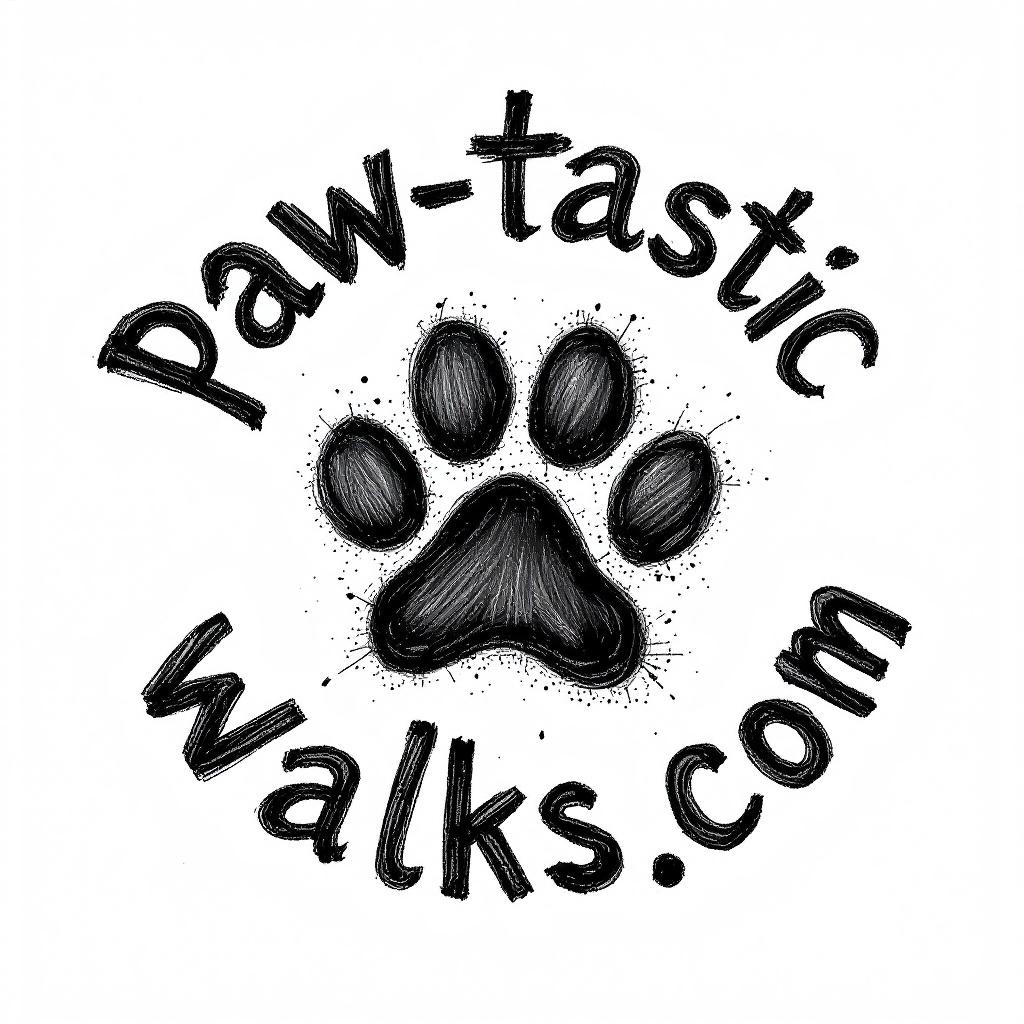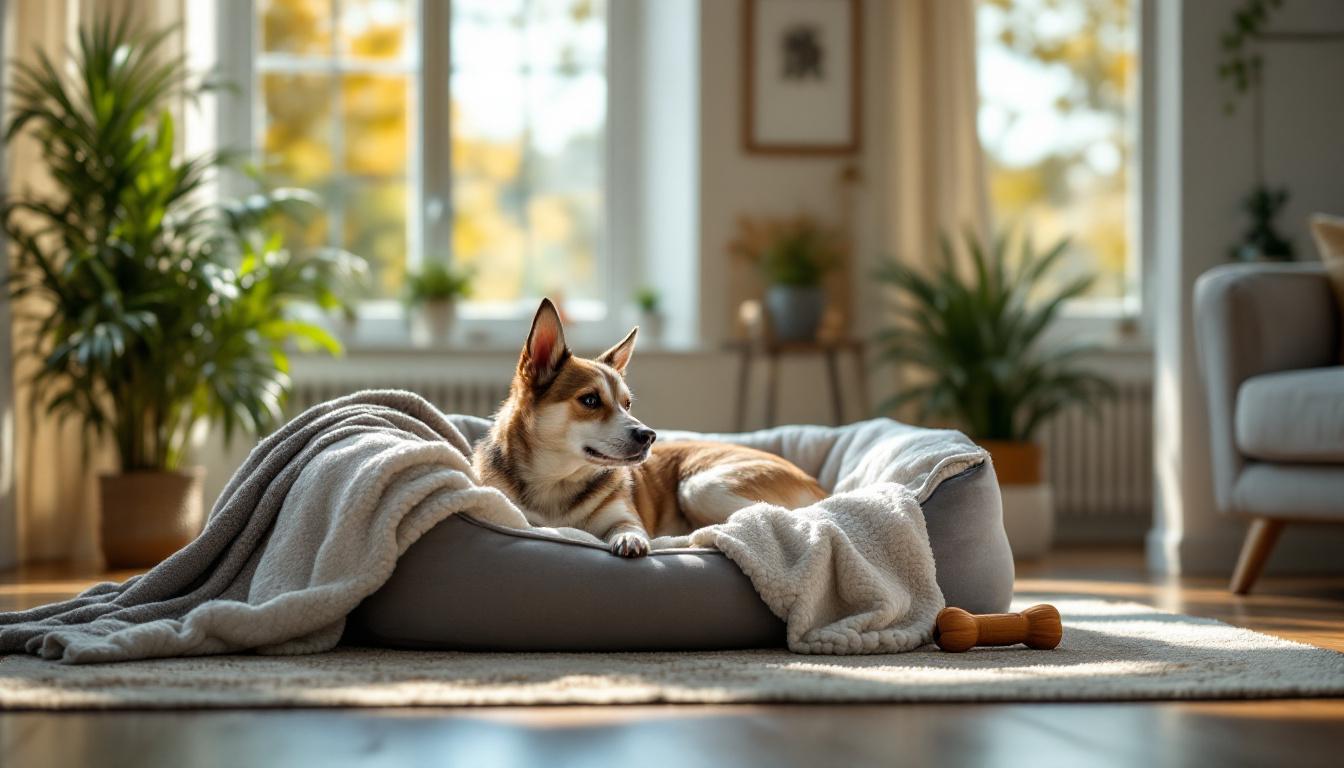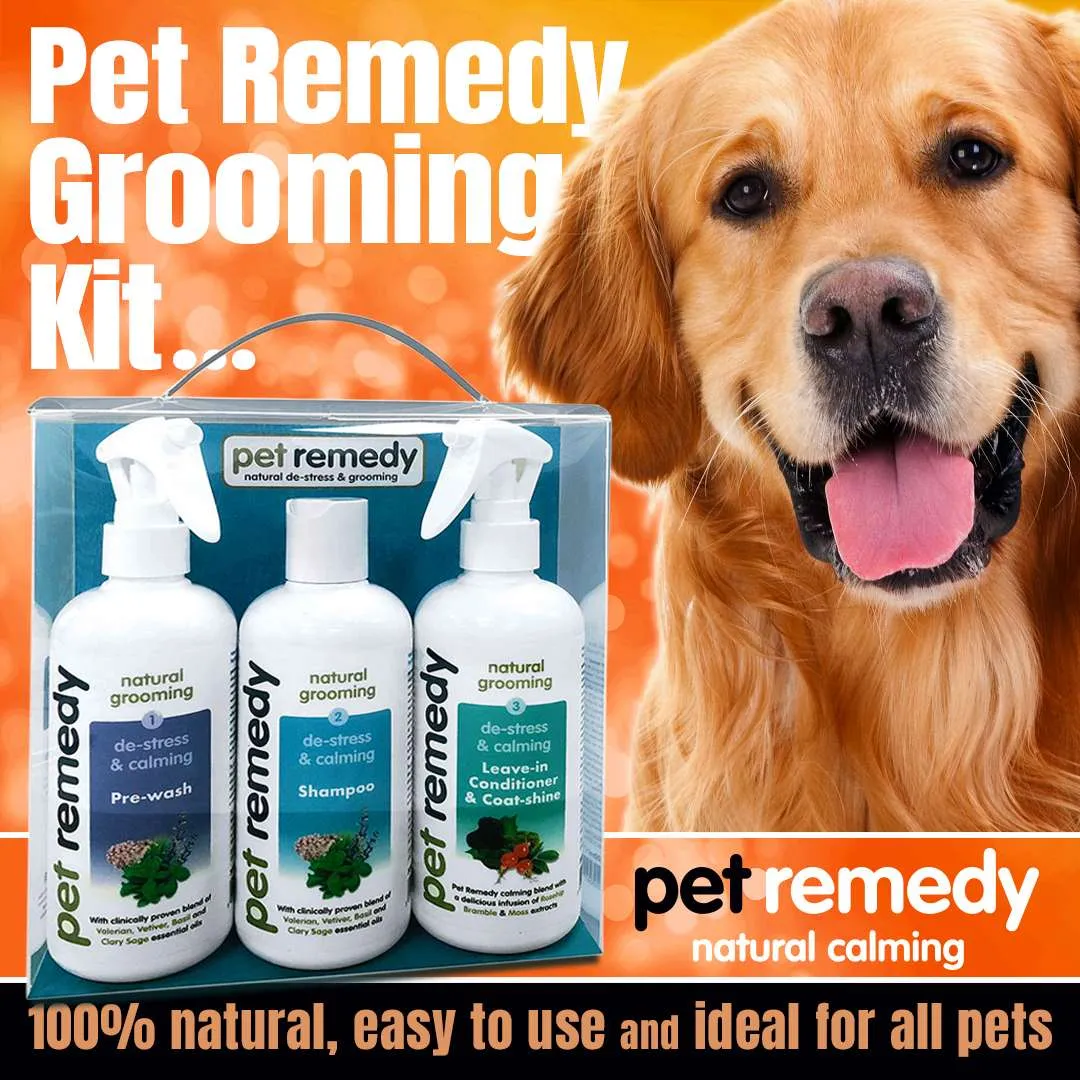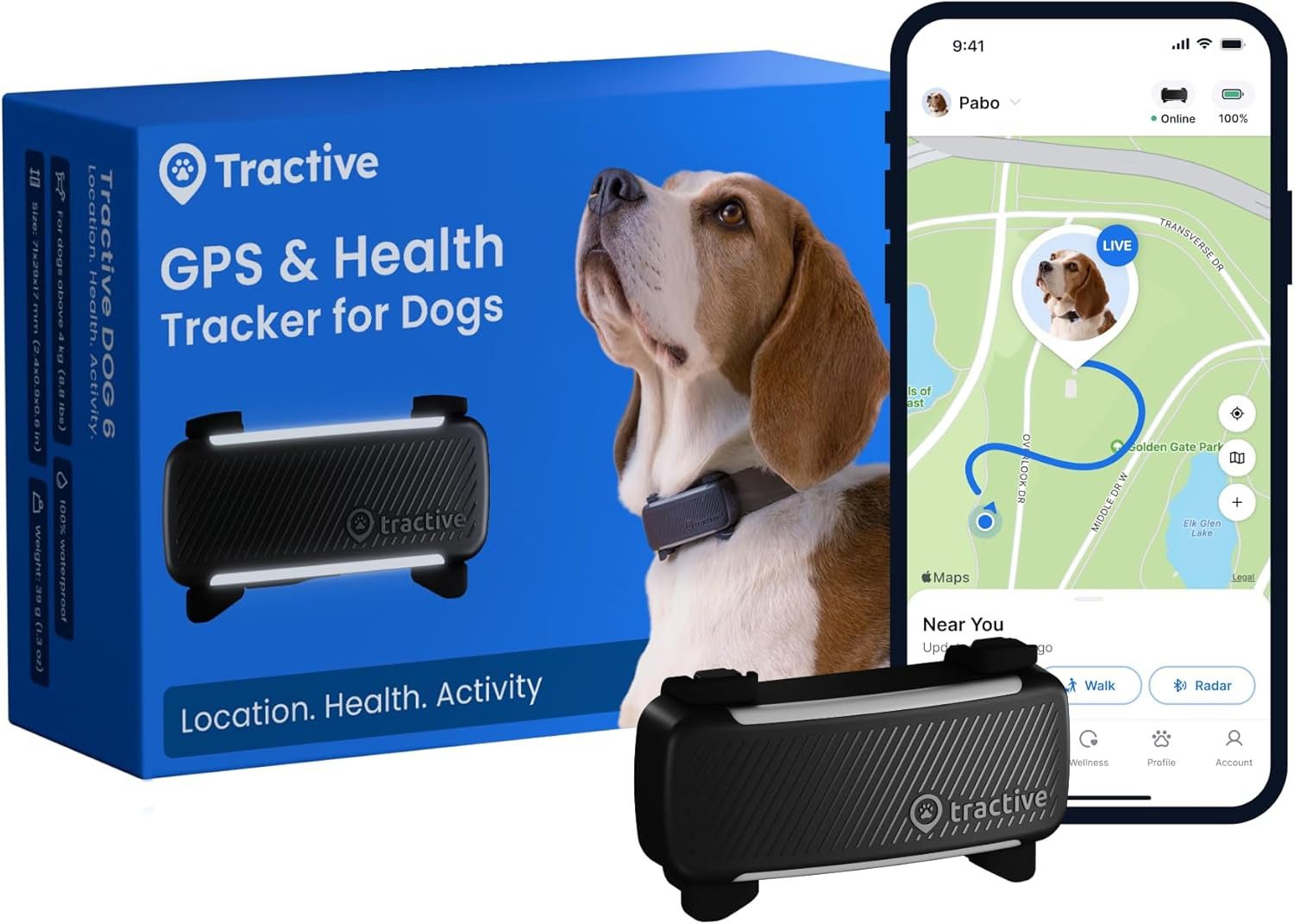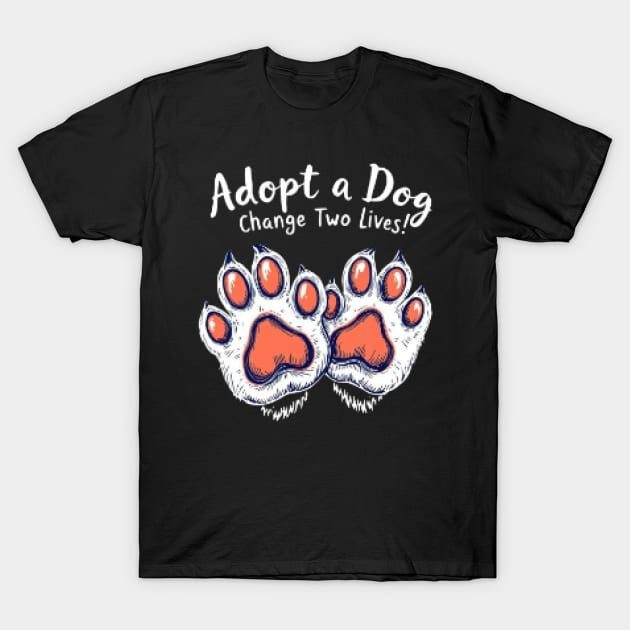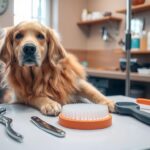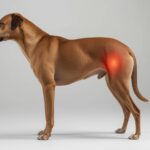A Friendly Guide for East Cornwall Dog Owners
Moving your rescue dog into a new house can be both exciting and a bit stressful.
Creating a Safe Space for Your Rescue Dog in a New House is especially important here in East Cornwall, where wide open spaces and daily dog walks are part of life.
For rescue dogs, a tranquil home means less anxiety and smoother adjustment, letting them thrive as beloved family members.
A safe setup isn’t just about comfort. It helps with building trust, encourages confidence, and sets up a positive routine, especially if you’ll be arranging dog walking services, using a professional dog walker, or searching “pet walking near me.”
If you’re exploring local dog walking or need puppy walking services, a comfortable transition plays a huge role in your dog’s behavior and happiness during those group dog walks.
Local dog owners will find that supporting healthy habits at home goes hand in hand with securing reliable dog exercise services and making the most of daily dog walks.
From finding fair dog walking rates to chatting with a reliable dog walker, every step helps your rescue pup settle in.
This guide breaks down practical tips so you feel confident, informed, and ready—because every dog deserves a calm retreat to call their own.
For extra background on rescue dog adjustment and canine stress, you might find the Dog Wikipedia page useful.
Understanding Your Rescue Dog’s Needs in a New House
Settling a rescue dog into a new house takes patience, gentle guidance, and a keen eye. Each dog brings its own story and emotions.
The first days can be overwhelming, so knowing how to read your dog’s signals boosts trust and happiness—for both of you.
Creating a Safe Space for Your Rescue Dog in a New House starts with empathy, structure, and getting the details right.

Photo by Plato Terentev
Recognising Stress and Anxiety in Dogs
Dogs speak with their bodies long before they bark or whine. In a new home, stress can show in small and big ways—sometimes cute, sometimes concerning.
Spotting these signs early makes all the difference when creating a safe space for your rescue dog:
- Whining or Barking: This is often your dog’s way of asking for comfort.
- Pacing or Restless Walking: Like us nervously pacing a waiting room, dogs circle when uneasy.
- Tucked Tail or Cowering: These are classic “I’m nervous” signals.
- Loss of Appetite: Not eating or leaving food can flag stress.
- Shaking, Drooling, or Panting: Or even unusual yawning—they all signal discomfort.
- Clinginess or Hiding: Some dogs stick to you like velcro; others dive for cover.
What can you do? Observe—then act. Respond calmly and gently. Avoid scolding your dog for anxious behaviors; comfort and patience speed the healing process far more than a stern voice.
For a detailed list of stress signals, the Signs Your Dog is Stressed and How to Relieve It guide is full of practical examples.
If you ever notice barking or sudden fear while out for daily dog walks, it might mean your dog feels unsafe outside the home.
Some rescue dogs need time and patience before they enjoy group dog walks or more adventurous outings. Keeping walks quiet and positive right from the start helps soothe their nerves.
For owners who worry about loose or overly excited dogs outside, resources like dealing with loose aggressive dogs on walks can build your confidence, too.
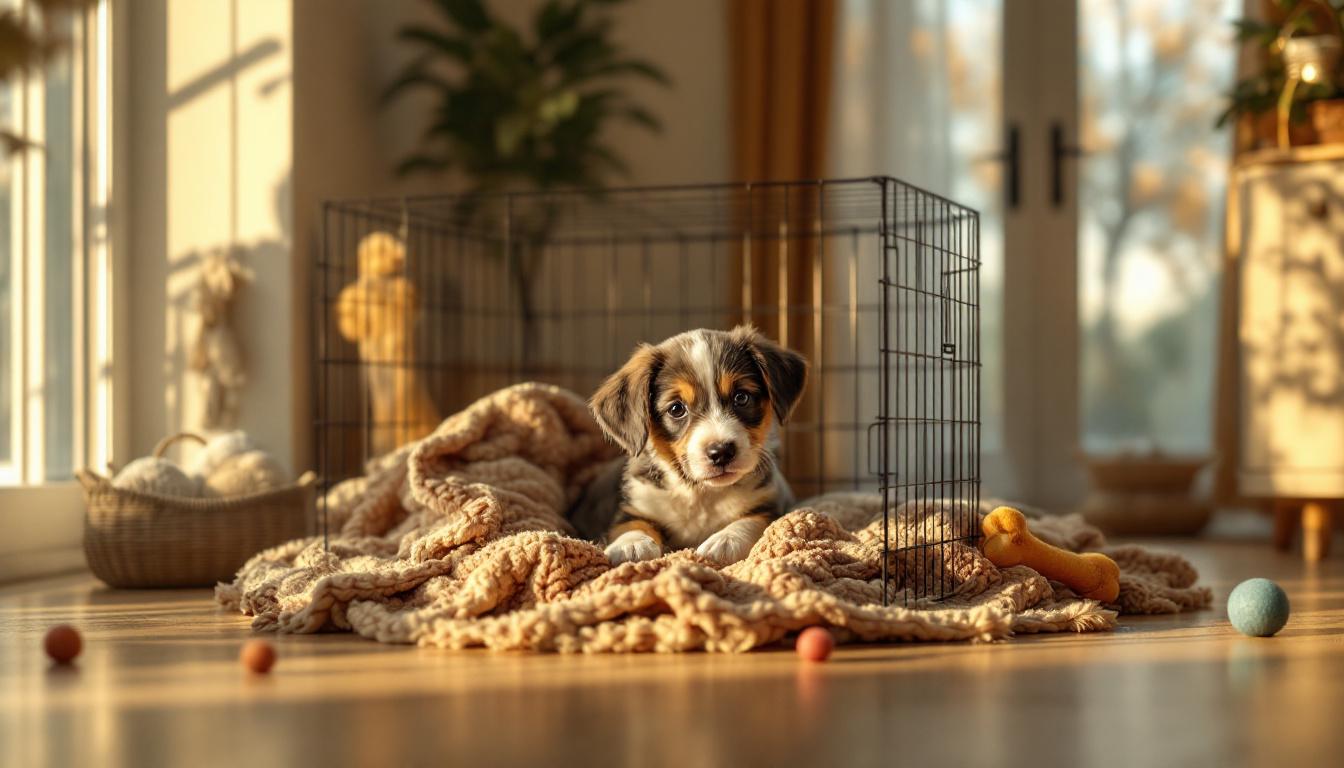
Building Trust and Security from Day One
A rescue dog’s fresh start shines brightest with a clear, predictable routine. Like any of us, dogs feel safe when they know what’s next.
Consistent mealtimes, gentle training, and regular walks are the bricks that build your bond.
Here’s how to lay the foundation:
- Stick to a Timetable: Feed, walk, and cuddle your dog at the same times each day.
- Create a Cozy Space: Use a bed, blankets, or safe crate—somewhere quiet that’s all theirs.
- Introduce One Change at a Time: Too much, too soon can overwhelm. New toys or routes should come slowly.
- Use Rewards: Cheerful praise and snacks turn new experiences into happy ones.
- Slowly Expand Freedom: Start with one room and let your dog explore more over time.
Daily dog walks play a special role here. Even if your schedule is busy, these outings help release pent-up stress and support your dog’s adjustment.
If you feel stretched, enlisting a professional dog walker or trusted dog walking services is a relief for both pet and owner.
Regular walks with a reliable dog walker not only keep your dog healthy but are also a chance for gentle socialization—vital for building confidence in a new environment.
For local dog owners, sticking to familiar walking paths can help dogs feel at home faster. Use predictable routines, and when you’re ready to mix things up, try a new path or walk your dog in the rain.
Predictable routines are more powerful than you might think, as explored in The importance of routine for your dog.
Dogs thrive with patient people, loving routines, and clear guidance.
Creating a Safe Space for Your Rescue Dog in a New House means making sure every walk, meal, and new moment is full of reassurance—helping your rescue truly feel at home.
If you’re ever curious about why certain cues mean what they do, a quick read through the Dog Wikipedia entry can help you read your pet’s body language like a pro.
Practical Steps to Create a Safe, Comfortable Space
Moving into a new house with your rescue dog feels like opening the next chapter in your life together. But for your pup, it can quickly feel overwhelming and uncertain.
Setting up a safe and cozy retreat is about more than just physical barriers. It provides reassurance, confidence, and helps your dog feel grounded.
Here’s how you can turn your home into a sanctuary for your canine companion, with a focus on comfort and security both indoors and outdoors.
Choosing the Right Gear and Safety Measures

Photo by Tima Miroshnichenko
Proper gear matters just as much as a welcoming attitude when creating a safe space for your rescue dog in a new house.
Whether you’re setting up for day-to-day life or preparing for dog walking services, safety starts at the collar.
- Fit is everything: Choose harnesses and collars that are snug but not tight. For families with big dogs, picking the best dog harness for large dogs can make all the difference in control and comfort, especially on daily dog walks or group dog walks.
- Secure tags: Every collar should display your contact information. If your rescue is a Houdini, double-check that all buckles and clips are escape-proof.
When it comes to your house, pay attention to door and gate security. Install baby gates or pet barriers to keep curious paws away from hot stoves or quickly opened doors.
Crates and beds placed in quiet corners can quickly become “safe zones” for anxious pups.
For the outside, check fences for gaps and fix any wobbly panels, especially if your dog is just learning the territory.
Examine your garden, looking for any toxic plants or sharp tools within reach. For more tips on practical dog walking and garden safety, consider resources like 15 Must-Know Dog Walking Tips.
Safety isn’t just about equipment, it’s about preparation too.
Don’t forget to ask your local dog walking group or your reliable dog walker about additional safety pointers unique to East Cornwall.
These seasoned pros can alert you to neighborhood hazards and help you discover safe trails and routines to keep stress at bay.
Using Routines, Walks, and Play to Reduce Stress
Made a safe home base?
Now, structure is your best friend. Sticking to familiar routines, daily dog walks, and regular play will turn your new house into a calm, happy place.
Dogs, especially rescues, feel secure when they know what to expect each day.
- Daily dog walks: This ritual gives dogs a sense of purpose and predictability. Choose quiet local routes or look for “pet walking near me” services to find favorite trails. If your schedule is tight, booking with a professional dog walker or using affordable dog walking rates keeps the routine steady.
- Group dog walks: Shy or nervous pups often learn confidence by watching calmer dogs on a pack stroll. Meeting other pups (carefully) can ease transition woes and offer gentle social time. These walks reduce loneliness and offer a structured way to burn off nervous energy.
- Play sessions: Clear space in your home for playtime. Use favorite toys, simple games, and reward calm behavior.
For dogs new to busy neighborhoods or large open fields, a GPS dog tracker adds priceless peace of mind.
It lets you enjoy walks knowing your dog can always be found, even if curiosity gets the better of them. GPS trackers are especially helpful in rural East Cornwall, where open spaces can make finding a loose pup tricky.
If you’re searching for “dog exercise services” or thinking about puppy walking services, routines matter for pups and adults alike.
These habits create strong bonds and turn exercise into fun instead of stress.
Remember, a new home for your rescue dog is a big, exciting leap. The more structure and predictability you offer—whether through scheduled walks, gear checks, or everyday play—the faster your dog will settle and blossom.
For extra reading on canine comfort and science, explore the detailed dog behavior page on Wikipedia.
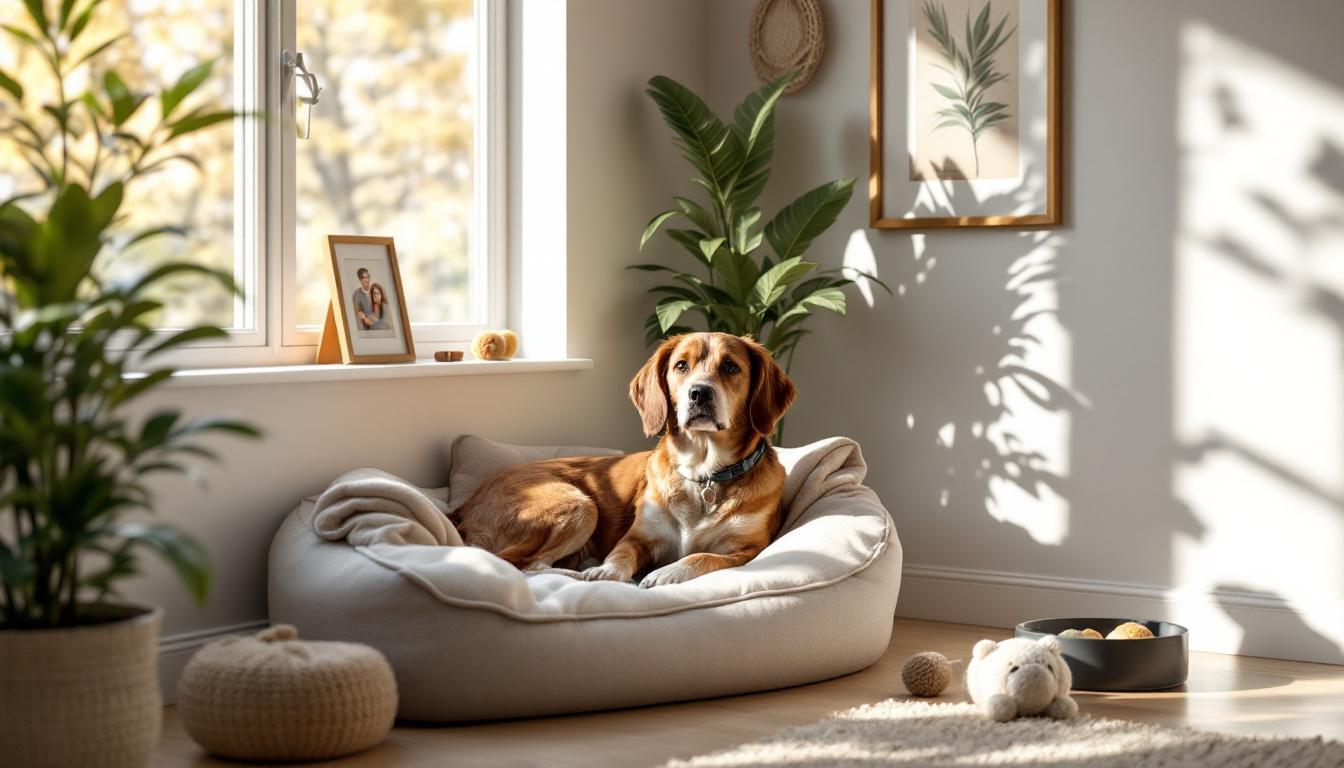
Building Confidence Through Positive Social Experiences
When you’re focused on Creating a Safe Space for Your Rescue Dog in a New House, confidence is the secret sauce. A confident dog feels safe, even in new or busy places.
Positive social experiences—whether meeting new pups or braving a blustery Cornish day—shape your dog’s self-assurance and make outings with dog walking services much more enjoyable for everyone.
Managing Interactions with Other Dogs and People
Meeting new dogs and people can feel like a small adventure (or an awkward family reunion) for your rescue.
With patience and the right approach, even shy pups can build social skills that last a lifetime.
- Go at their pace: Don’t rush introductions. Let your dog sniff and explore with curiosity.
- Praise often: A friendly greeting or a gentle sniff earns a happy “good job!” and maybe a treat.
- Keep meetings short: Short and sweet helps avoid overload.
- Body language matters: If your dog wants to hide, that’s okay. Step back and let them lead.
Accidents can happen on daily dog walks, especially if you run into an off-lead barker. Take heart—most dogs feel a bit of the “stranger danger” at first.
For practical steps to handle surprising situations, like loose and aggressive dogs, check out this guide for dealing with loose aggressive dogs on walks.
Your local reliable dog walker is a great resource for tips and support.
Humor always helps lighten the mood. Think of an awkward first greeting as the dog version of shaking someone’s hand and missing completely.
We’ve all been there! Just guide your dog gently and celebrate small wins.
If you’re looking for group dog walks, start with quieter groups. These walks give shy pups the chance to mimic calm dogs and build confidence step by step.
When you feel ready, search for “pet walking near me” or ask your professional dog walker what groups suit your dog’s style best.
And remember, positive exposure to gentle new friends is a key ingredient in Creating a Safe Space for Your Rescue Dog in a New House.
Weather, Safety, and Keeping Walks Enjoyable
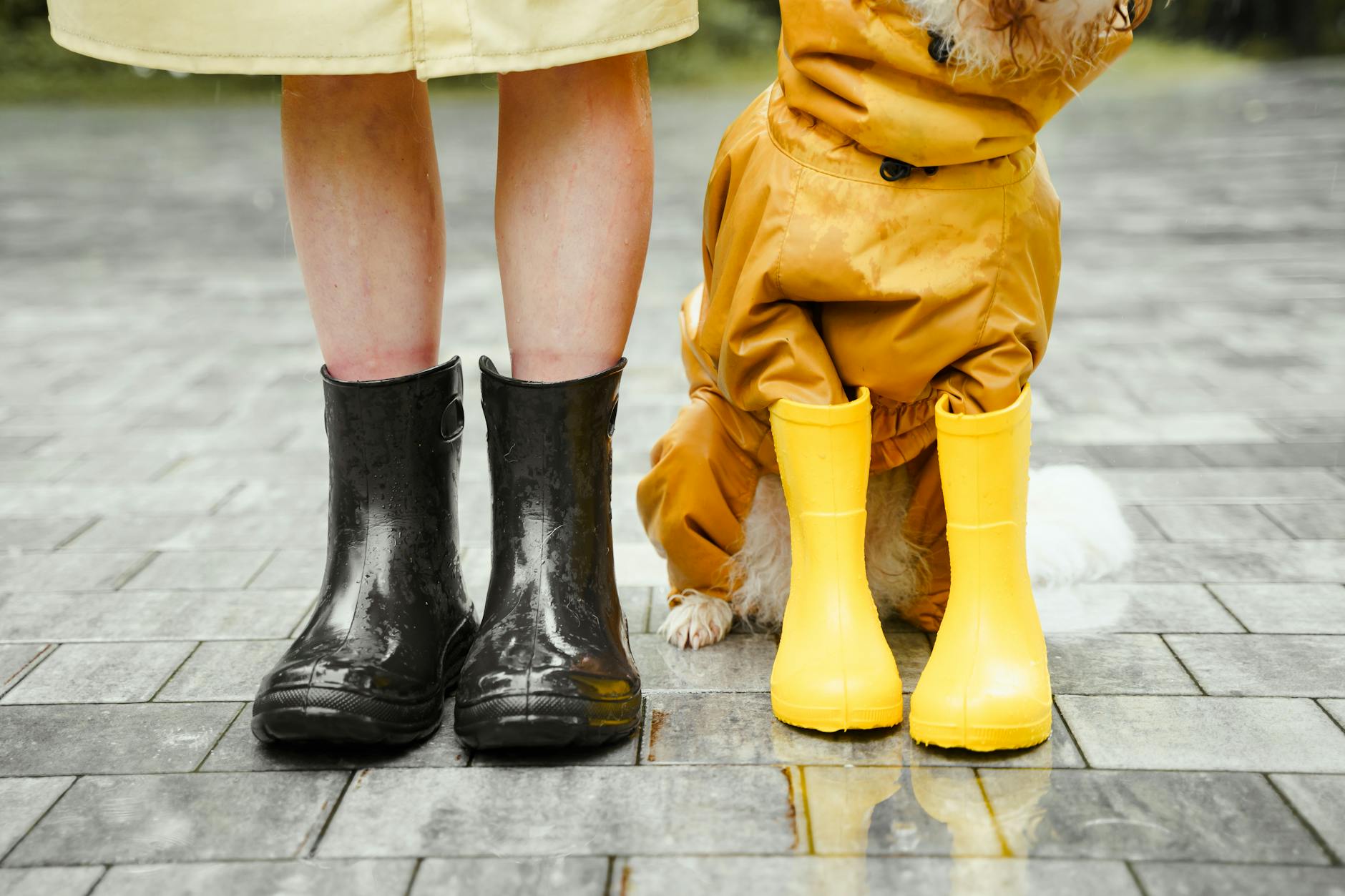
Photo by Yaroslav Shuraev
Rain, wind, or sun—Cornwall gives us a bit of everything. Some dogs love puddles, others act like the Wicked Witch of the West if a raindrop lands on them.
No matter your dog’s style, you can keep daily dog walks fun, safe, and stress-free with a little creativity.
- Dress for success: Pop your pup in a well-fitted harness. For big dogs, check the best dog harness for large dogs to keep walks controlled in any weather.
- Rain hacks: Use towels by the door and a favorite treat as a reward when you come in. For ideas on braving soggy strolls, enjoy these practical tips for walking your dog in the rain.
- Safety comes first: Always watch for slippery streets and fast-moving cars on wet days. If thunderstorms roll in, swap a walk for indoor play or a fetch session in the hallway.
Some pups prefer to parade through drizzle and mud like local royalty.
Others need a little extra encouragement, especially when just out of a rescue centre or adjusting to a new home.
See what your dog likes—they’re all different!
Group walks in unpredictable Cornish weather can be a blast for playful pups. Just keep an eye on energy and comfort, making sure everyone enjoys the outing.
Consider tools like a GPSdog tracker if your dog is prone to adventuring off-trail.
Staying positive, laughing at the occasional muddy mess, and keeping routines steady does wonders for confidence.
Even rainy days contribute to Creating a Safe Space for Your Rescue Dog in a New House because they show your dog that home, and their people, are safe—no matter the weather outside.
For a bit more detail on how routines affect your furry pal’s mental health, check the article on the importance of routine for your dog.
If you ever worry about safety on group outings, take a peek at is dog walking dangerous? for peace of mind.
Dog owners looking for local dog walking, group dog walks, or puppy walking services will find that weather-proofing your walks and keeping experiences light and positive are key steps to building a confident, social pup, ready for anything Cornwall—or life—throws your way.
For more background on canine social behaviour, the Wikipedia page on dog behavior is an excellent resource.
Get this great shirt and other merch on our Teespring Store for crazy low prices!
Conclusion
Creating a Safe Space for Your Rescue Dog in a New House lays the foundation for a happy, well-adjusted pet. With patience, daily dog walks, and a welcoming routine, your rescue can settle in and build confidence.
Remember, keeping routines steady, choosing the right gear, and using positive social time are all ways to boost trust and calm.
Local resources can make life easier. If you need extra help, a reliable dog walker is only a call away.
Paw-Tastic Walks offers friendly guidance, expert dog walking services, and advice for any stage in your dog’s journey—whether you’re looking for group dog walks, puppy walking services, or just a quick answer about dog walking rates.
You’re not alone in this.
The right safe space, paired with thoughtful routines and local support, helps create a smoother transition for both you and your dog.
For a deeper insight into how dogs see and react to the world, check out the canine cognition article on Wikipedia.
Thank you for caring for your rescue so well and joining a community that believes every dog deserves comfort and security.
If you have questions or want to find “pet walking near me,” reach out to the friendly team at Paw-Tastic Walks.
